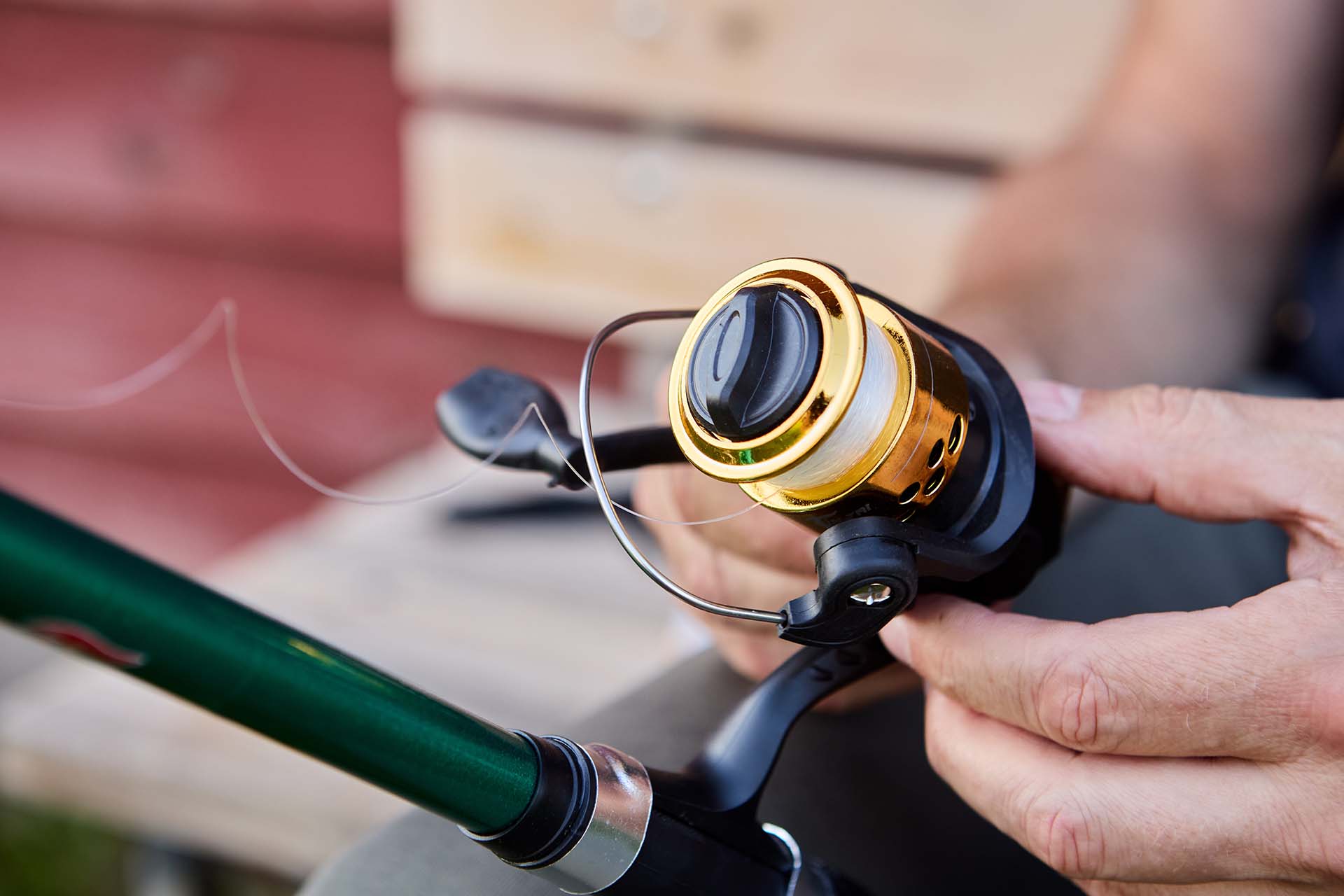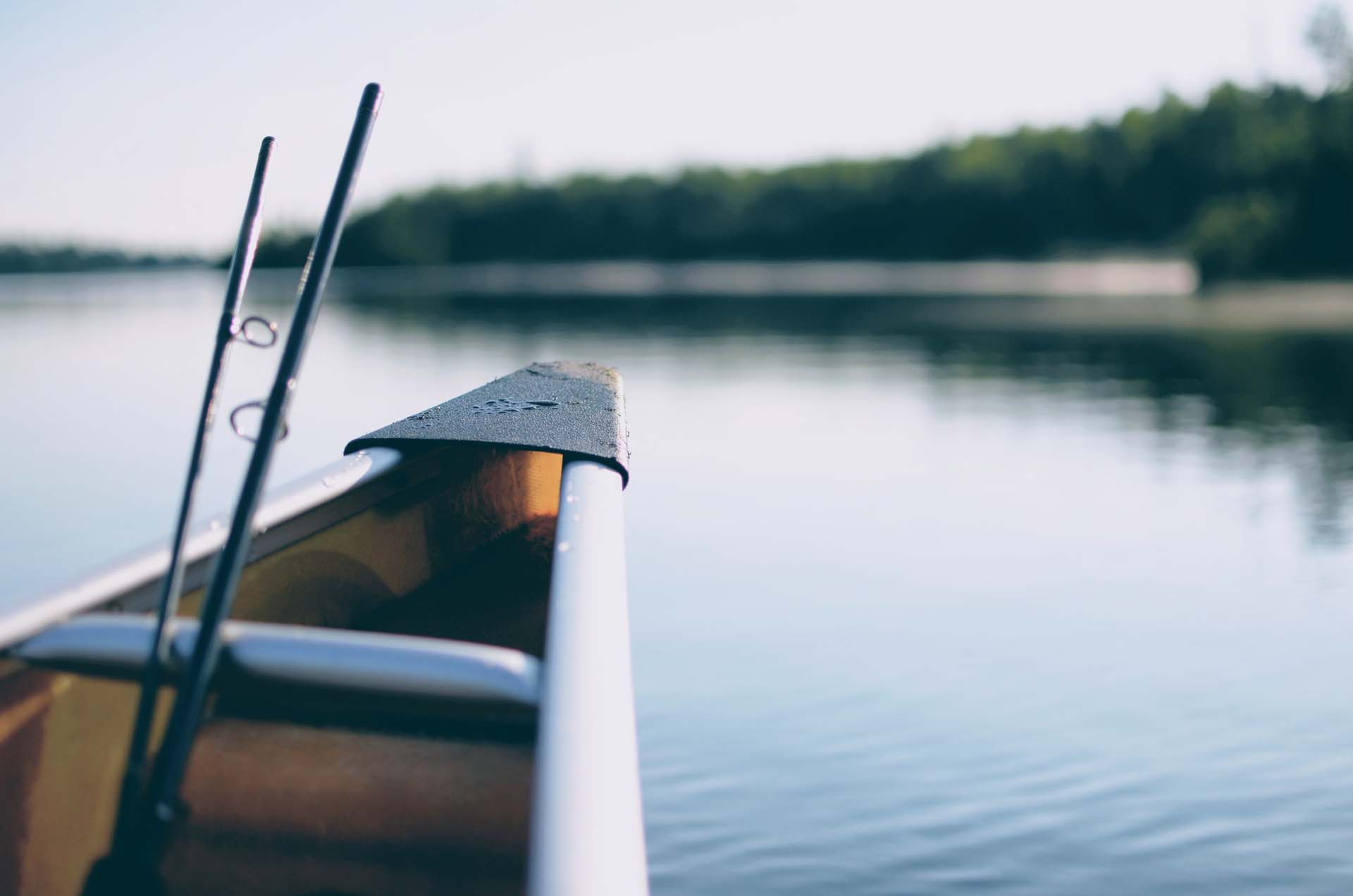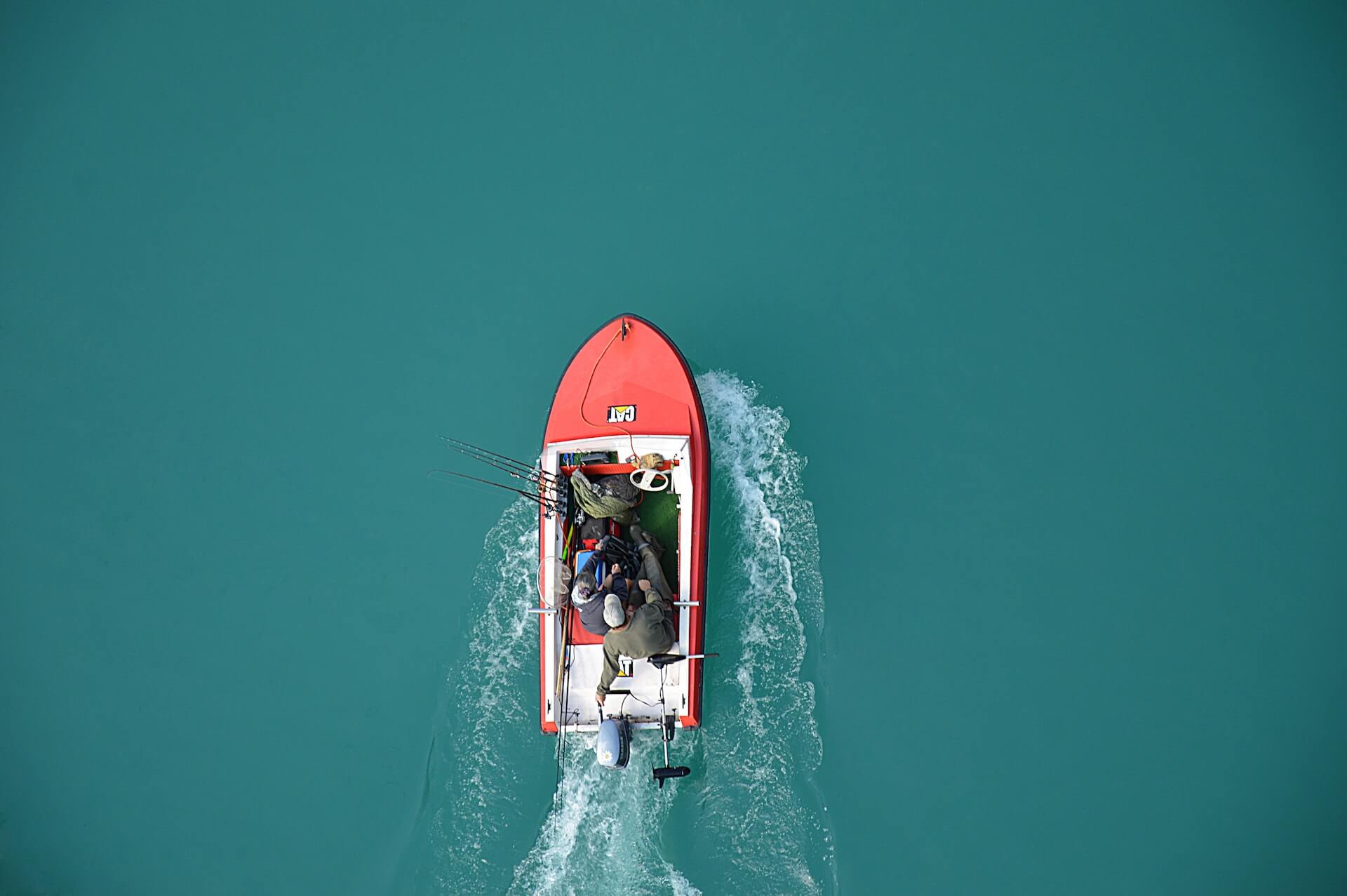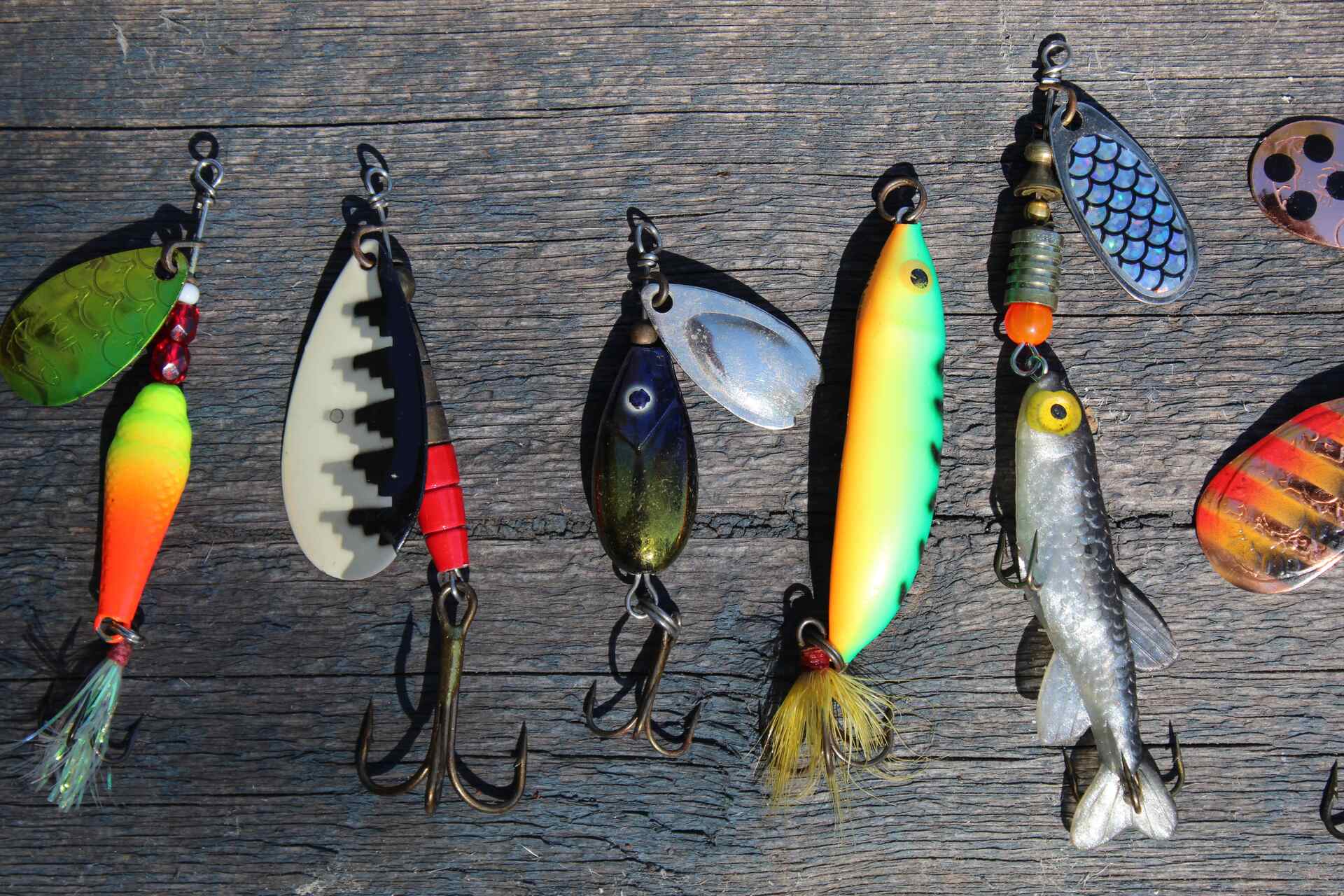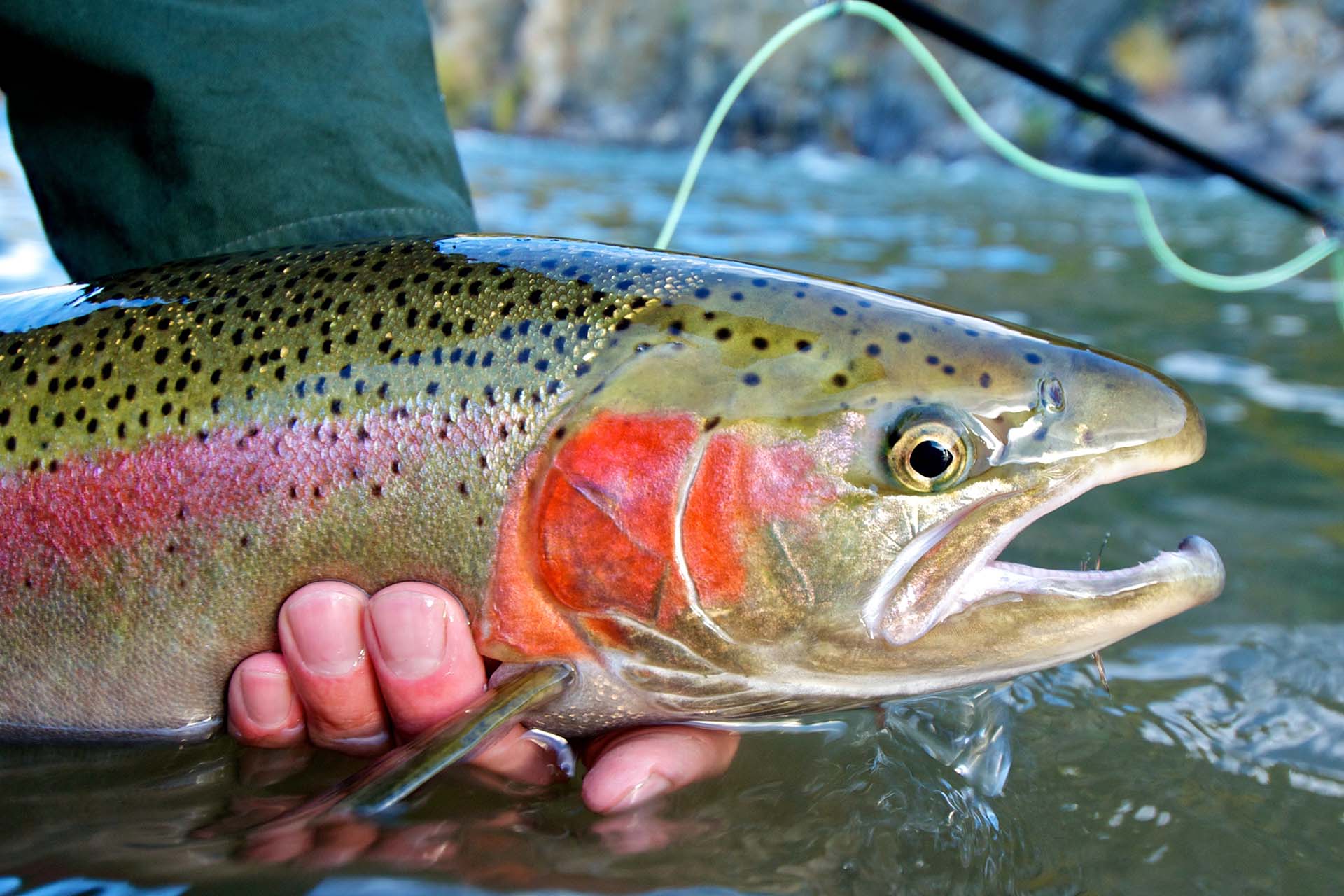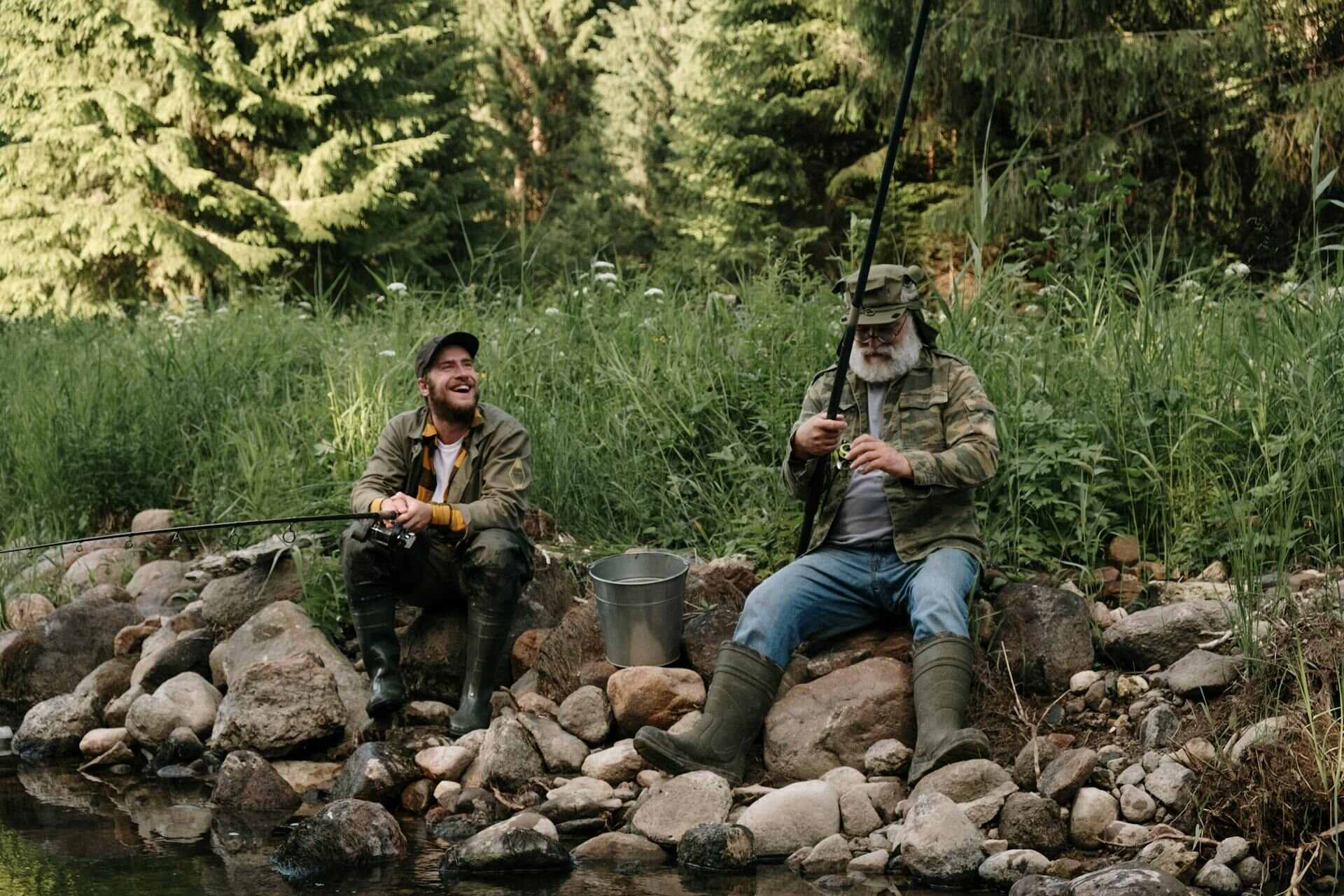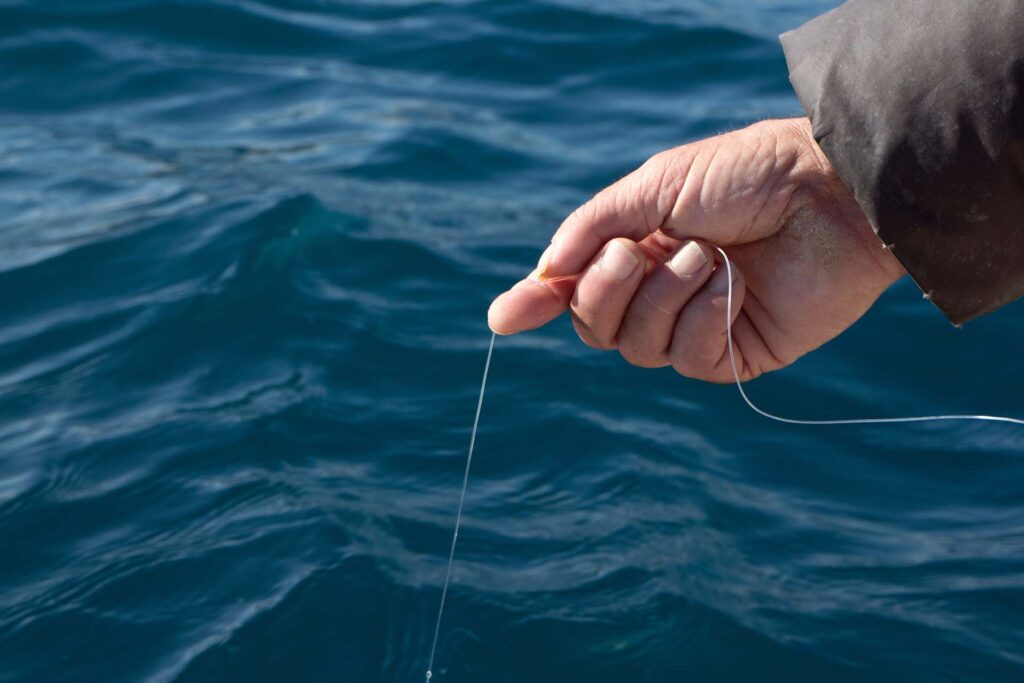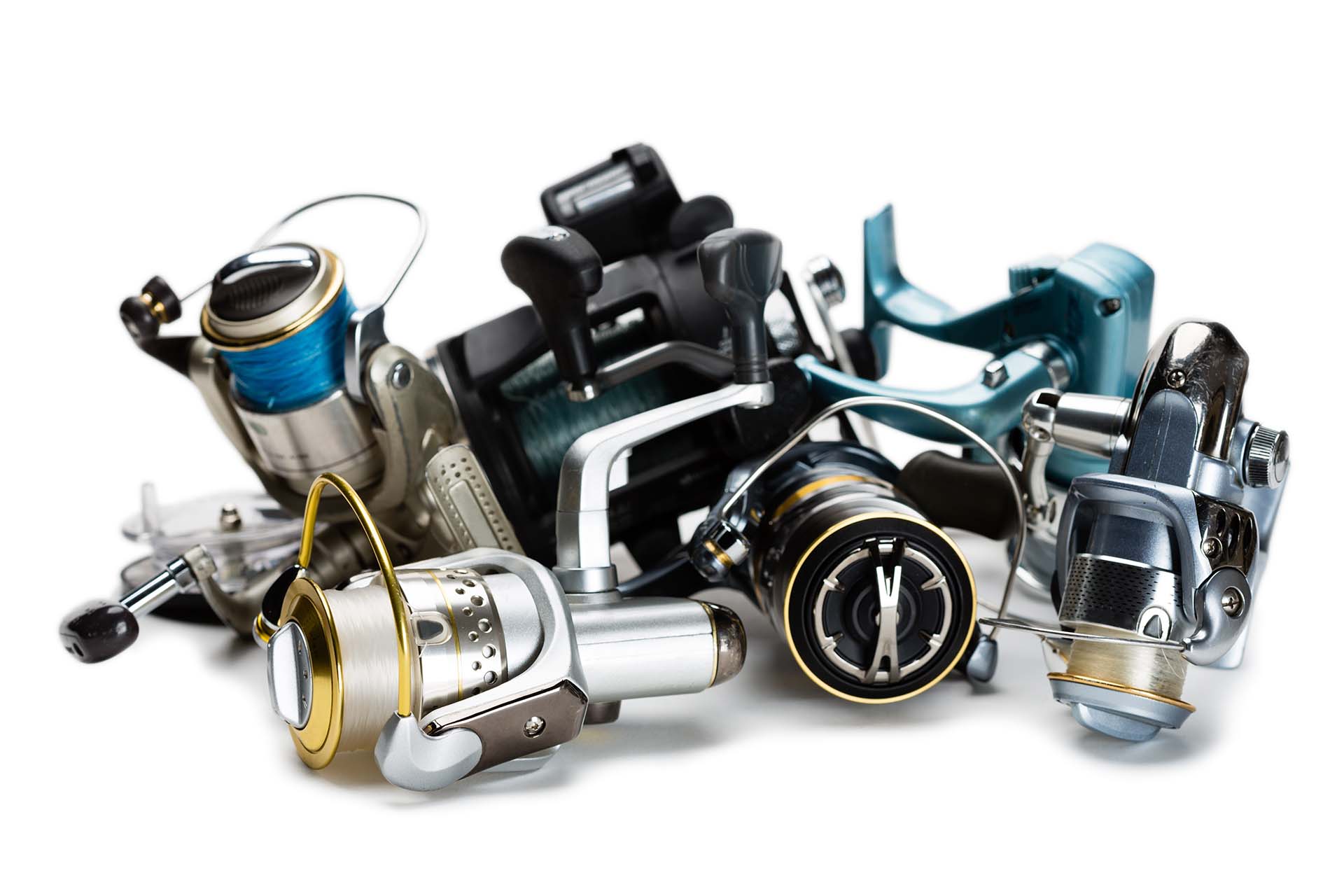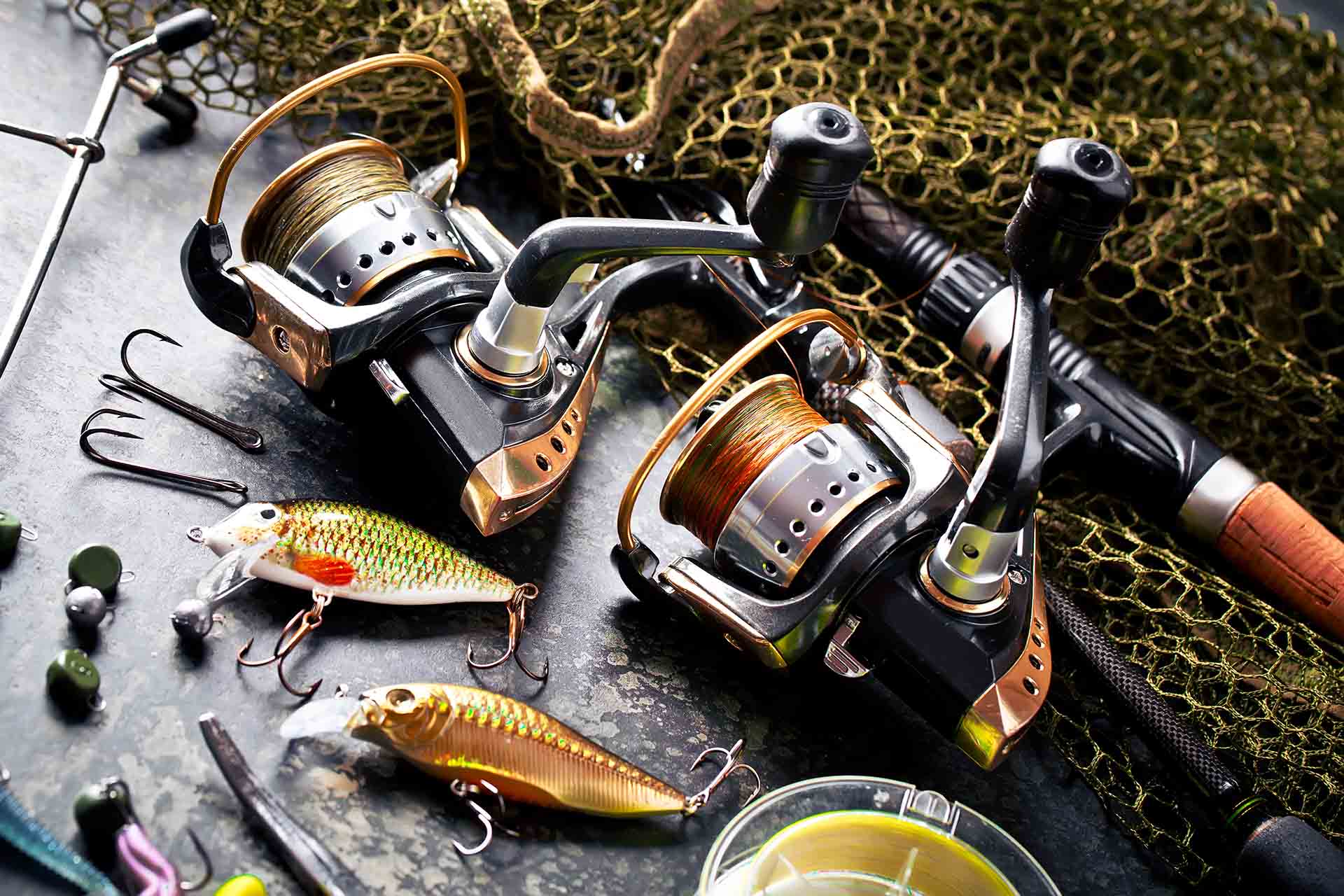It’s not every day that fishing meets the art of going with the flow – literally. However, there’s a technique called drift fishing that’s as dynamic as the waters it’s practiced on, combining strategy and nature’s rhythm. But what is drift fishing exactly? What’s the right equipment and the most effective approach? Here’s everything you need to know.
First Things First – What Is Drift Fishing Exactly?
Drift fishing is a special angling technique that involves letting the wind and current carry your bait or lure. It’s usually done from a fishing boat, but this method can also be practiced from the shore.
The magic of this angling style lies in its natural presentation, making your bait look irresistibly lifelike to hungry fish lurking below. It truly shines in spots with lively currents and plenty of underwater features, like deep wrecks, mangrove islands, or winding freshwater streams.
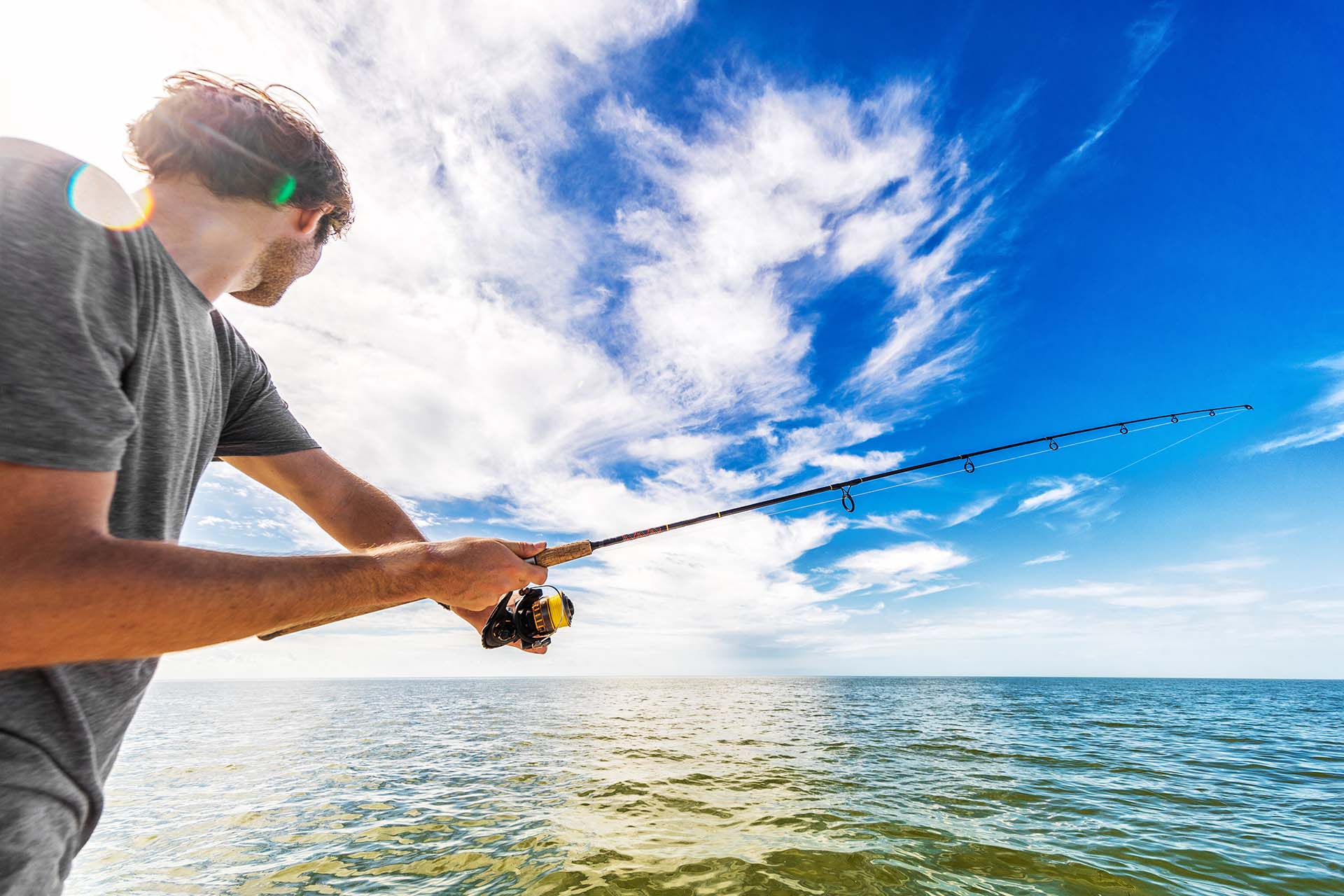
What’s the Essential Drift Fishing Equipment?
A solid fishing rod and reel combo is the backbone of a successful outing. Of course, picking the right setup depends on numerous factors, including the fish species you’re trying to catch.
Lighter gear works best for smaller fish, letting you cast and reel them in with ease. On the flip side, heavier equipment is your go-to for battling stronger catches that demand more muscle. Make sure your fishing reel is loaded with plenty of durable line, tough enough to handle sharp teeth and potential snags on underwater structures.
Here’s the Special Equipment You’ll Need
Beyond the basics, there’s a little extra gear that can make all the difference. Sinkers and split shots come in handy when you’re dealing with strong currents, helping to keep your bait in the strike zone. Bobbers are another great addition, making it easier to spot your line’s movement in flowing water.
For those fishing from a boat, a drift anchor – also called a drift sock – is a game-changer. It creates resistance, slowing down your drift for better control and overall smoother angling. With this lineup, you’ll be more than ready to turn every drift into a memorable catch.
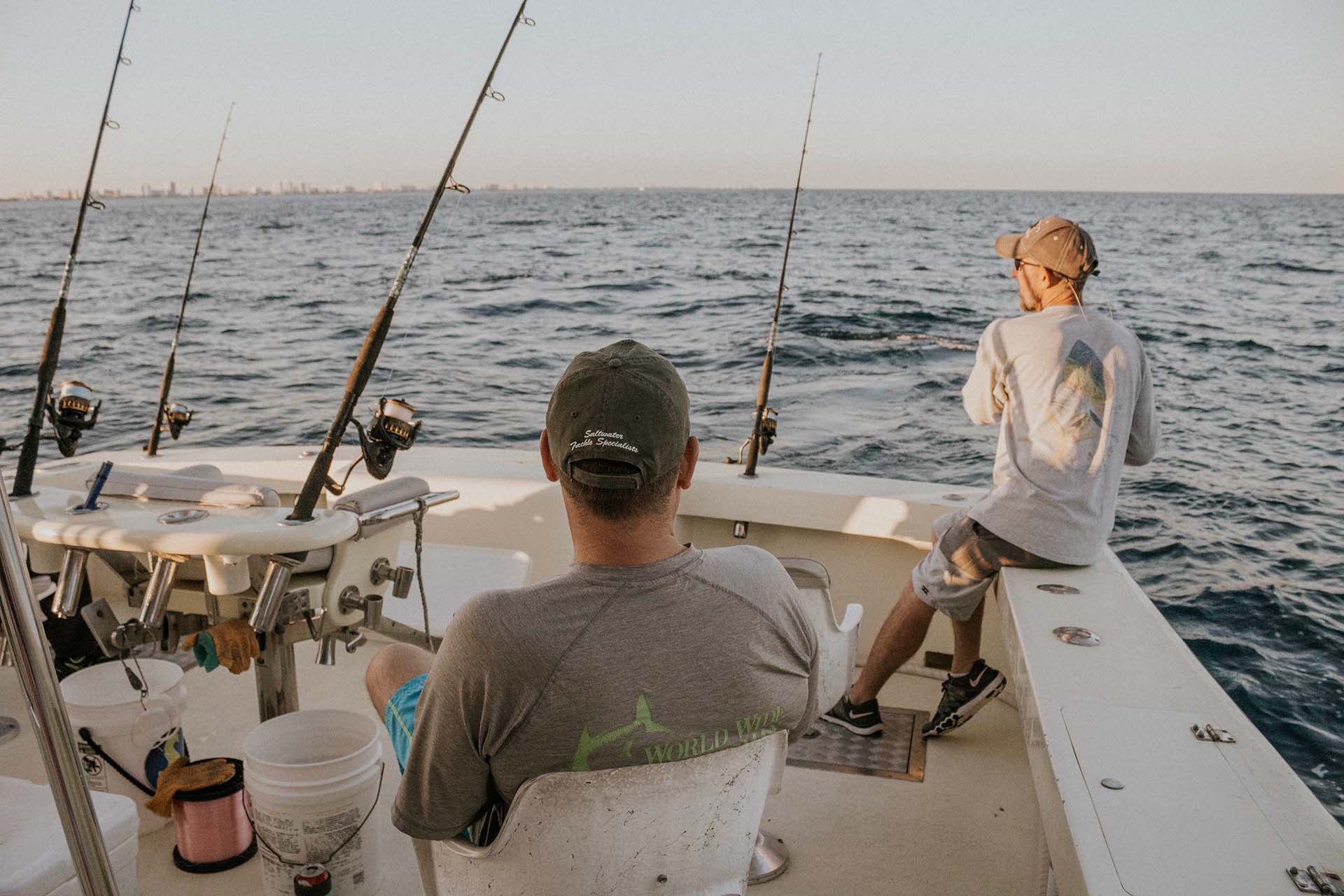
What Are the Best Baits for Drift Fishing?
No matter if it’s from the shore or from drift boats, fishing with this technique works its magic in both freshwater and saltwater environments. Naturally, your bait options depend on where you’re angling, the species you’re after, and the conditions you’re facing. But don’t worry – no matter the scenario, there are plenty of great options to choose from.
The Most Effective Freshwater Baits
Freshwater angling offers plenty of options, and live bait is a classic choice. For fish like trout, largemouth bass, sturgeon, and walleye, the following baits are the ultimate snacks:
- Minnows,
- Shiners,
- Worms,
- Leeches,
- Crayfish.
There’s nothing like the thrill of feeling one of these freshwater species strike your drifting bait – heart-pounding stuff! And if you want to source the fresh bait yourself, a cast net is your best bet, though a quick stop at the local bait shop works, too, of course.
If you’re in the mood to try artificial baits, there’s a whole tackle box of possibilities. Jigs, crankbaits, spinnerbaits, and paddle tails aren’t just pretty to look at – they’ve got the moves to back them up. Their lifelike action and bright colors turn nearby fish into dinner-time optimists.
The Best Saltwater Baits for Drift Fishing
When it comes to saltwater angling, live options like crabs, shrimp, mullet, and squid are irresistible to heavy hitters like snook, redfish, tarpon, and snapper. And don’t underestimate the power of cut bait – a chunk of fresh fish acts like a dinner bell for the ocean’s hungriest predators, thanks to its strong scent.
Artificial lures hold their own in the saltwater game, too. Soft plastics, jerk baits, jigs, and spoons can all mimic the movement of live prey with surprising accuracy. They shine in every environment, from mangrove-filled shallows to the vast blue offshore.
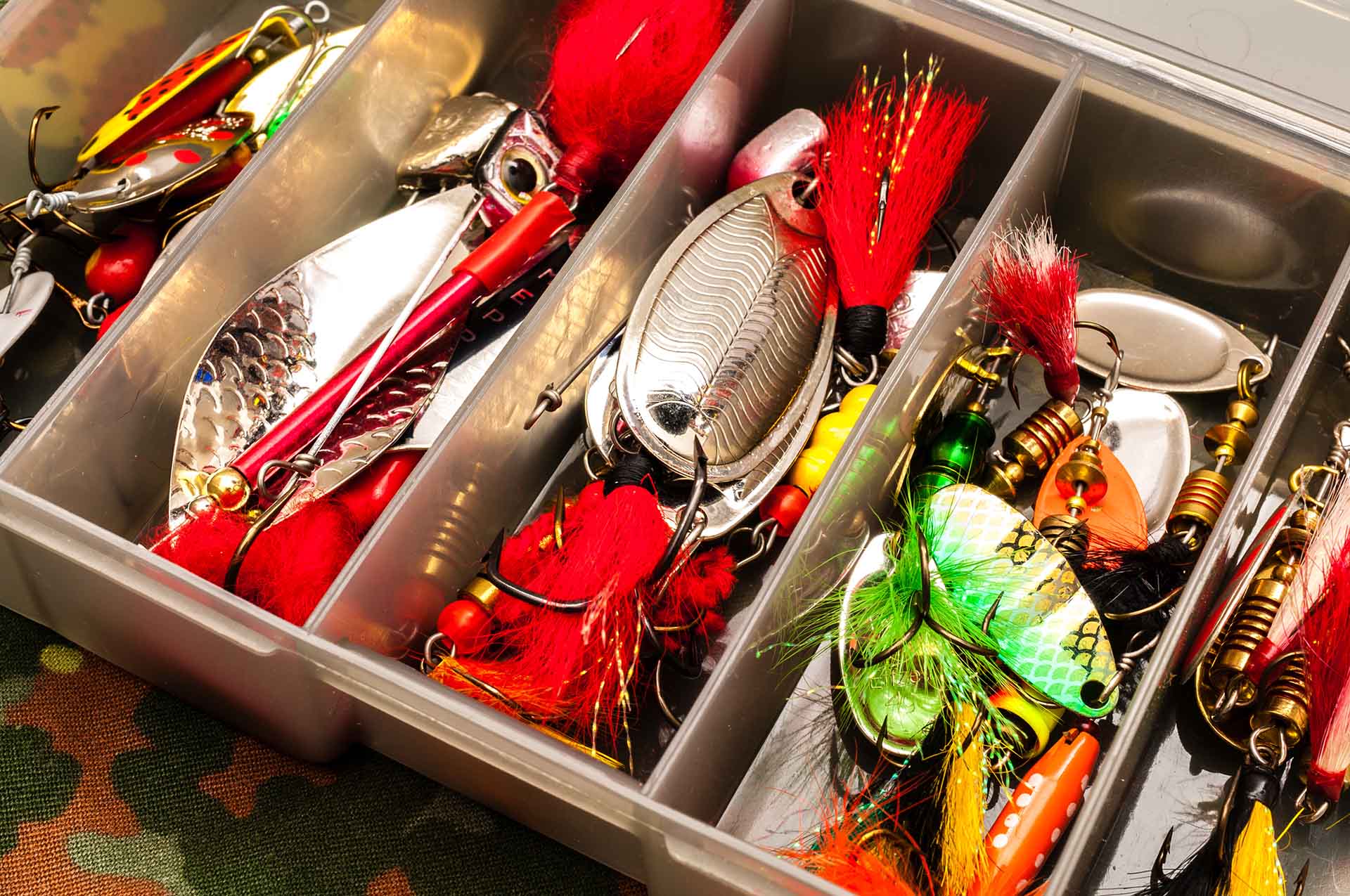
It’s All About Knowing How to Adapt to the Conditions You Encounter
Drift fishing is like nature’s game of improvisation. Anglers interested in this technique need to master the art of adapting to whatever the water throws at them. Whether you’re cruising on a fishing boat in the open ocean or casting from the shore of a freshwater stream, one thing remains constant – moving water is your MVP.
The current does the heavy lifting, pushing your bait (or boat) along and helping you cover more ground. More ground equals more fish – simple math! But what if the current isn’t cooperating? Too fast? Too slow? Here, your cheat code is controlled drifting, where you get a hold of your trolling motor and adjust the speed until it’s just right.
Here Are the Areas You Should Be Focusing On
In saltwater, strong currents are your playground. Look for spots like island points or backwater cuts, where water movement is lively. Structures like mangroves and wrecks are also fish magnets, thanks to the flowing currents that bring in baitfish and their predators.
Freshwater angling has its own VIP zones. Weirs, streams, and river mouths are prime spots for drifting. It’s also a good idea to head out after a good rain – stronger water flow often means hungrier fish.
Unpredictability Is Part of the Deal
This angling style is full of surprises – sometimes the good kind, sometimes the not-so-good kind. It doesn’t matter if it’s sunny and calm or cloudy and moody – success depends on a mix of factors.
Fish are unpredictable little creatures that often strike when you least expect it (and ignore you when you’re convinced you’re doing everything right). So, don’t be afraid to experiment a little once you’re out there on the water. That being said, a well-flowing current is a major player. Without it, even the best bait might feel like an unappreciated masterpiece.
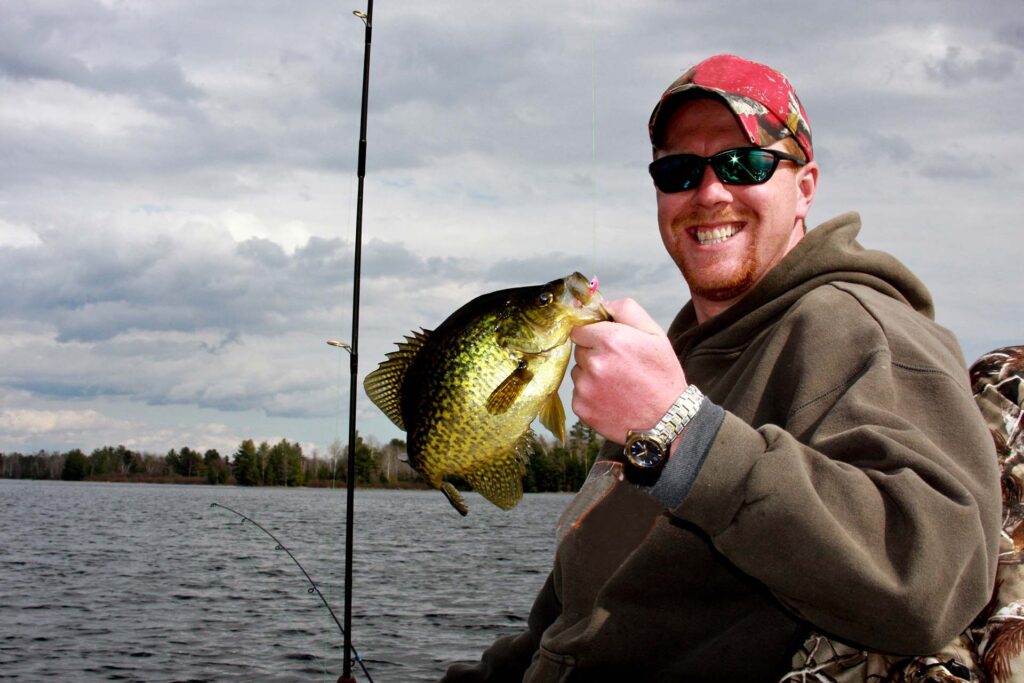
Here’s How to Set up for Drift Fishing
When drifting, boats unlock secret hotspots like mangrove bays and the deeper parts of river mouths that land anglers can only dream of. In saltwater, free-lining live bait or working lures through strong currents is a popular approach. It’s as simple as steering your fishing boat to the start of a current, cutting the motor, and letting it drift while your line trails behind.
This method covers a ton of water quickly, and when fish are biting, you’ll know it fast. Want to up your game? Toss on some sinkers to target bottom-dwellers – it’s like sending dinner straight to their doorstep.
The Most Effective Way to Drift Fish From Land
No boat? No problem. Drifting from land can be just as exciting when done right. The trick is to wait for outgoing currents that push your bait along natural structures. For instance, if you’re casting from the beach, aim for the end of a jetty or near shoreline edges, then let the current work its magic. Fish love the movement and can’t resist taking a bite.
Streams and weirs are also prime spots to drift your bait. With the right current, your setup can float right into the feeding zones of eager fish. Just be ready for the strike – it can happen fast!
Adaptability Is Key When You’re Out There on the Water
Drifting is all about making adjustments on the fly. Start by matching your leader’s length and weight to the conditions you’re facing. Switch up rigs, sinkers, or even your bait if things aren’t going as planned. And while you’re at it, keep an eye on everything – depth changes, shifts in the current, speed fluctuations, and any sneaky obstacles that might pop up.
It’s Time to Go With the Flow and Reel in the Fun
Drift fishing is proof that sometimes, the best strategy is to let nature take the lead. Whether you’re out on a boat or casting from shore, this laid-back yet strategic approach turns the currents into your angling assistant. With all of these tips in your tackle box, you’re all set for a thrilling day on the water. So, gear up, trust the drift, and let the fish come to you – because who doesn’t love a little lazy fishing with maximum rewards?

